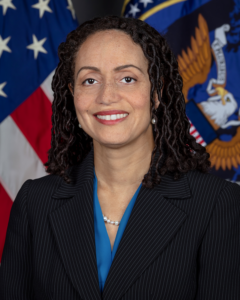
ST. LOUIS—The changing competitive landscape in the past decade in commercially available space launch services at lower costs with new innovations is a model that can be applied to other aspects of the intelligence community, including in areas such as imaging and analytics, the nation’s number two intelligence official said on Wednesday. “In all of this, it’s important to realize and recognize that there is a growing consensus not only in the intelligence community but also among policymakers that the…

 By
By 











